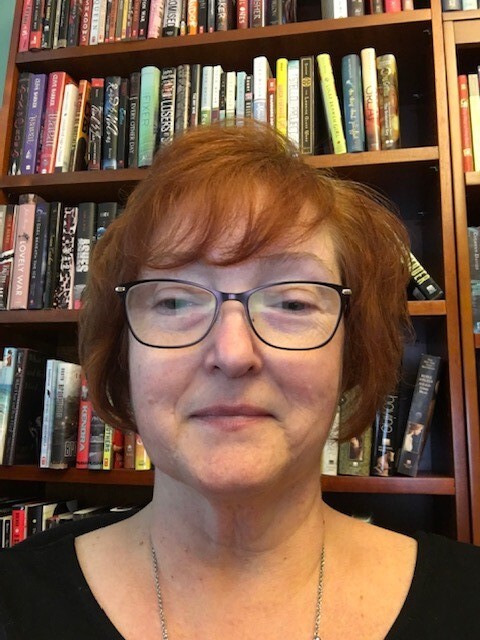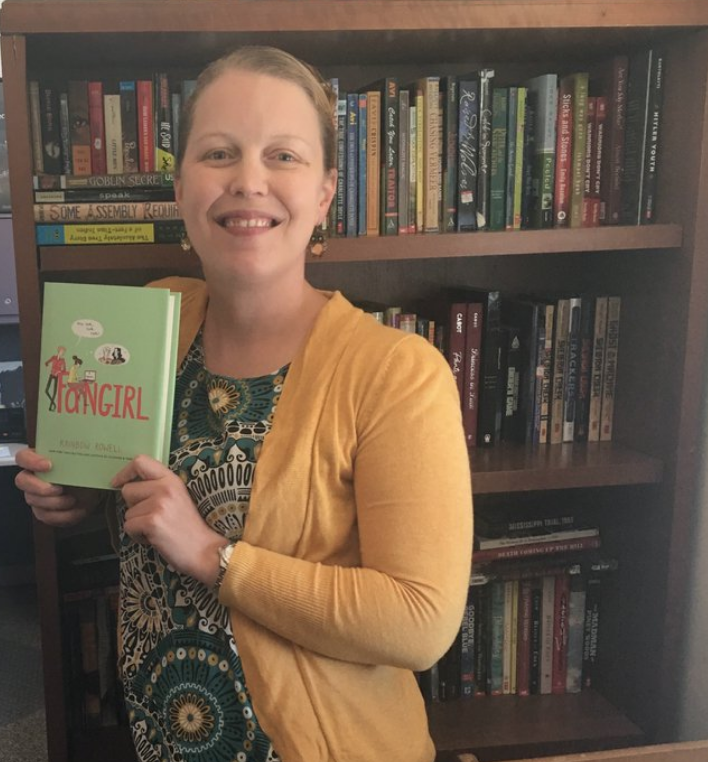As students return to school in Fall 2022, stakeholders are facing the same issue appeared regarding censorship and banned books. In 2021, the American Library Association’s Office for Intellectual Freedom tracked 729 challenges to library, school, and university services in 2021. On August 18, 2022, The Hill reported that a Texas school district removed 41 books from the library, including a graphic novel version of the Diary of Anne Frank and the Bible. Maybe it’s a positive sign that I am still shocked by the censorship of words and thoughts, but the continued assault on these books, on different perspectives and realities of the world, is frightening.
In June 2022, USA Today (O’Connell-Domench) highlighted the broader implications of this continued assault on books:
- Tennessee schools removed more than 300 books from the library shelves as state legislators made proposals for banning LGBTQ+ books and books labeled as “Black Lives Matter”.
- The residents of a small town in western Michigan voted to defund the only community library when librarians refused to remove LGBTQ+-themed books.
- A community library in a small town in Iowa briefly shut down without a director after a series of resignations and criticism over hiring LGBTQ+ employees and including books that focused on underrepresented communities and perspectives.
- More and more librarians are receiving threats and becoming targets.
- More and more teachers are receiving threats and becoming targets.
Using Banned Books
While the impetus is to broaden representation of silenced voices through the integration of banned books in our classrooms, I limited myself to books that were challenged during 2021 and provided only the briefest snapshot of ways to incorporate these books.
English
Monday’s Not Coming (Tiffany D. Jackson): English teachers, obviously you can take your pick. I’m choosing Monday’s Not Coming because I was surprised to read that it became a challenge during the 2021-2022 school year. The book was challenged simply because it was written by a Black author. Texas state representative Matt Krause released a list of about 850 books that he claimed "make students feel discomfort" due to their content about race and sexuality during the anti-CRT (Critical Race Theory) movement. Monday’s Not Coming provides English teachers an opportunity to support students’ development of critical media literacy skills. Jackson brings attention to the fact that BIPOC females are often overlooked during media coverage of missing children despite higher rates of missing children among communities of color, (Kaur, 2019), including Missing and Murdered Indigenous Women (MMIW).
Math
10,000 Dresses (Marcus Ewert): (Hear me out math teachers… I’m working off of memories of Calculus). This book is banned for LGBTQ+ themes. In this book, Bailey dreams about magical dresses…10,000 of them. There are dresses made of crystals , flowers, windows… But, Bailey only hears from his parents, “You’re a Boy!” After reading the book, students may use the dress to apply principles of permutations, or simply use Bailey’s story for word problems of various algebraic concepts. Ultimately, it’s about the Banned Book itself. Incorporating 10,000 Dresses in a math class would not only celebrate Bailey and Bailey’s fashion sense, but underscore the importance of representation in all of our content areas.
Modern Languages
13 Reasons Why (Jay Asher): With any of the Modern Languages, I think there is also choice built into these lessons. It would be easy to find translated versions of any of the books, and integrate them into a lesson for comprehension and vocabulary. I chose 13 Reasons Why because it is extremely popular with young adult readers already, and because the reasons/tapes themselves lend themselves to opportunities for students to build verbal and communicative proficiency in these languages. Students can discuss the reasons by developing their interpersonal communication skills. While the book is banned because of the fear that it “glamorizes” suicide. I would argue that discussing Hannah’s experiences in a safe school classroom does not glamorize suicide, but offers a connection and opening for discussion for readers who may need it.
Science
Lawn Boy (Jonathan Evison): (A little patience here, too, Science-based teachers). While this book focuses on issues of classism, the main character Mike Muñoz, was a “lawn boy." Mike is a young Chicano man in Washington State who was just fired as a lawn boy on a landscaping crew. While the focus should be on issues of race and class, the nature of landscaping crews and who employs them can lead to a larger conversation surrounding current issues on climate change (and our responsibilities as a society). Again, lessons with Lawn Boy are ultimately about the Banned Book and bring awareness to our responsibility to unite against banned books.
Social Studies
The Complete Maus (Art Spiegelman): This was another one that caught me completely off-guard. With the surprising resistance to any education surrounding the Holocaust, a topic in history that had unified Americans since 1946, it is increasingly urgent to include these texts in our classrooms. Maus is an accessible text for many learners. Teachers can differentiate lessons through engagement and meaning-making with the visual text, as well as identifying and analyzing historical events, the atrocities committed against 6,000, 000 million Jewish people, and the consequences for Jewish families like Vladek and Anya’s.
Share Your Love Of Books
Those of you who are reading this post are doing so because you love books. Share your enjoyment of finding new books and highlight the books people are trying to hide, and the authors who are being silenced. Learning should be uncomfortable; becoming uncomfortable with situations and issues within books is a way for young learners to make sense of the world around them. We know that representation is crucial for learners and their development. Books offer multiple perspectives and provide resources for readers to engage with and learn from difficult situations and complex issues in a safe way. While challenges and bans tend to work out well for the authors through increased sales of books, we can’t forget the readers left behind without access to the book in their immediate community.
Works Cited
Dutton, J. (2022, January 14). Black authors are being pulled from school libraries over Critical
Race Theory Fears. Retrieved from: https://www.msn.com/en-us/news/us/black-authors-are-being-pulled-from-school-libraries-over-critical-race-theory-fears/ar-AASMIvW?ocid=BingNewsSearch
Kaur, H. (2019, November 3). Black kids at a higher rate than white kids. Here’s why we don’t
hear about them. Retrieved from: https://www.cnn.com/2019/11/03/us/missing-children-of-color-trnd/index.html
O’Connell-Domench, A, (2022, August 18). Texas school district removes 41 books from shelves
including Diary of Anne Frank and Bible. Retrieved from: https://thehill.com/changing-america/respect/equality/3607044-texas-school-district-removes-41-books-from-shelves-including-diary-of-anne-frank-and-bible/




 RSS Feed
RSS Feed